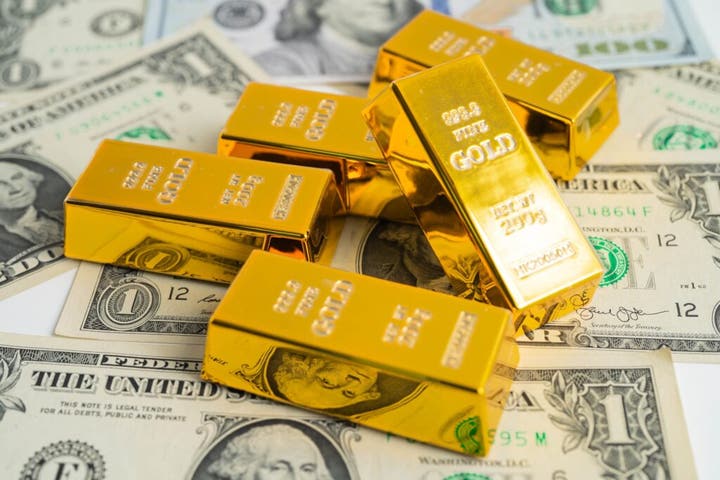
HSBC has raised its average gold price forecast for 2025 to $3,215 an ounce, up from $3,015, citing "elevated geopolitical risks, economic uncertainty, and rising government debt." The bank also increased its 2026 estimate to $3,125 an ounce from $2,915, while projecting a turbulent path ahead.
"We anticipate a wide and volatile trading range of $3,600/oz to $3,100/oz for the rest of the year," HSBC said in a note, as reported by Reuters.
Spot gold traded around $3,350 at 9:30 AM EST on Tuesday. The metal reached a record high of $3,500 in April, driven by surging demand from investors, central banks, and geopolitical hedgers.
However, while prices remain historically high, HSBC warned that additional gains above $3,500/oz may reduce physical demand, particularly for jewelry, coins, and small bars in markets such as India and China. Consumers are highly price-sensitive, and even modest spikes tend to dampen gold buying.
The shift in demand and a search for substitution have been evident in a recent surge in platinum's popularity. With gold jewelry becoming increasingly expensive, platinum has reached an 11-year high, driven by rising consumer demand.
Safe-Haven Appeal
Ricardo Evangelista, senior analyst at ActivTrades, said gold's current trajectory remains supported by macro forces.
"The precious metal's safe-haven appeal is being boosted by concerns over the US fiscal outlook and ongoing tariff-related uncertainty," he told Reuters, referring to President Donald Trump's pending July 9 tariff deadline.
"I expect prices to move higher in the near term… with the next significant resistance level around $3,370."
Global central bank demand, which surged over the last three years, remains a key pillar, although HSBC noted that buying may slow at prices above $3,300/oz. However, if gold retreats closer to $3,000, central banks could re-enter the market more aggressively, thereby reinforcing gold’s appeal as a reserve asset in uncertain times.
The combination of sticky inflation, a softening U.S. dollar, and deepening geopolitical divisions, especially in Eastern Europe and the Middle East, has also strengthened gold's position as a portfolio diversifier. HSBC clarifies that even if the rally pauses, gold's role as a long-term hedge remains intact.
In Canada, the gold rally has already had tangible market effects. The S&P/TSX Composite Index surged 15% in U.S. dollar terms in the first half of the year, outpacing the S&P 500, largely due to outsized gains in gold and silver miners.
"No doubt that it's been driven by gold. You need to have things that can bulletproof your portfolio, and gold is the one that does that the best," Sadiq Adatia, chief investment officer at BMO Asset Management, said per Bloomberg.
Still, Adatia warns that the second half of 2025 may not replicate the stellar gains of the first.
"I don't think gold is going to have the same run… a lot of the ambiguity and uncertainty has subsided," he noted.
Price Watch: SPDR Gold Trusts (NYSE:GLD) is up 27.19% year-to-date.
Read Next:
Photo: Shutterstock







